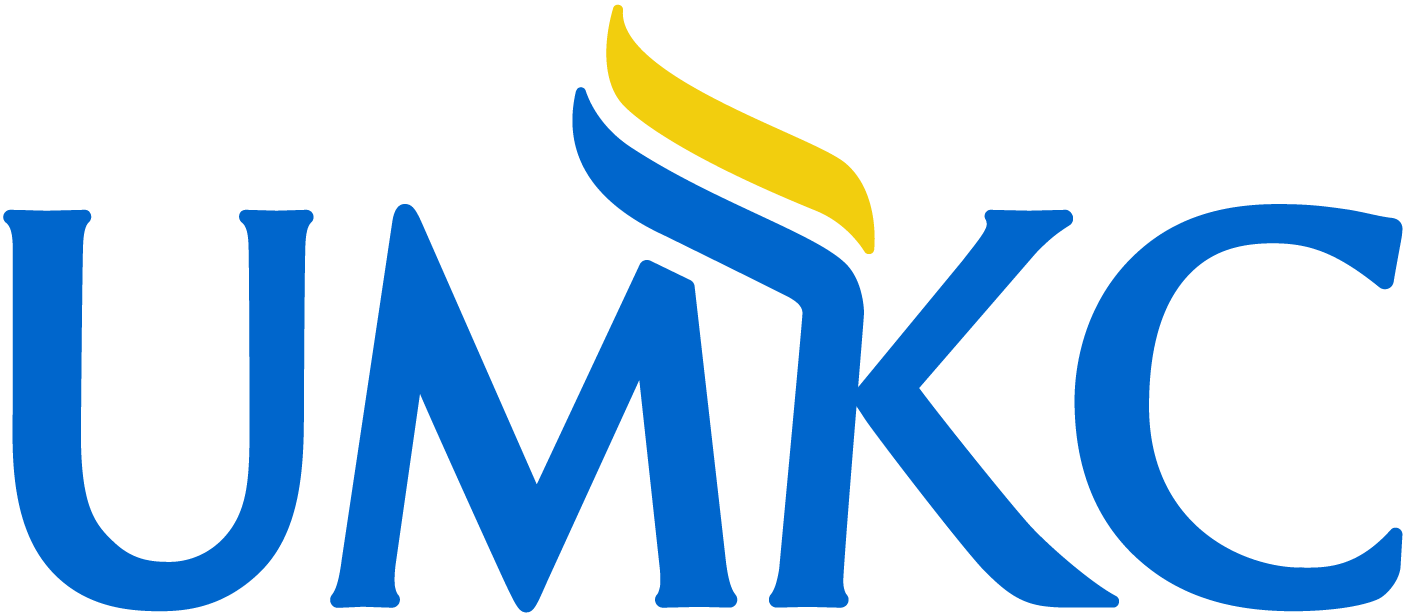Research
Disability as Research Method
![]()
Inclusive Program Design
The Institute for Inclusive Program Design is an interactive four-week workshop for faculty and staff that will help you build practical knowledge around the application of inclusive and universal design best practices and learn how to ensure that your student-facing work meets the most current accessibility guidelines. It combines two, in-person , and two zoom-based meetings with approximately two hours a week of asynchronous work on our fully designed Canvas platform. Participants may consider completing a syllabus, designing an assessment point, rewriting or revising current student programing or drafting upcoming events. Group work and peer review activities will support knowledge sharing across faculty and staff and support a greater understanding of how we work to support students’ needs on campus.
EDI Research and Leadership
Discrimination results in barriers that keep equity-deserving communities from accessing opportunities.
As a member of the team at Toronto Metropolitan University's Diversity Institute, I co-authored a number of studies that explore peoples experiences with discrimination in the workplace in Canada drawing on data from the Survey of Employment and Skills conducted by the Environics Institute for Survey Research, in partnership with the Future Skills Centre.
There are no simple solutions to complex problems and addressing discrimination in the workplace requires a multilayered strategy. Organizations do not exist in a vacuum but are shaped by broader societal forces. We must name the problem and collect disaggregated data to understand the impact of systemic discrimination on individuals from equity-deserving groups across sectors: education, employment, health, the justice system and more. Strong legislation is the foundation and must be supported with strong implementation and enforcement.
Employers need to have clear and formal commitments to preventing discrimination in all its forms and to ensure they have strong and effective equity, diversity and inclusion (EDI) strategies that are well understood and implemented. Tone from the top is critical to signal that discrimination will not be tolerated. Benchmarking is critical—what gets measured gets done—and organizations need to track not only the composition of their workforce and leadership, but also the application, selections and promotion processes. Employee engagement surveys are a good way to track perceptions of discrimination and inclusion to help drive strategies. And tracking complaints and separations from the company also offer important signs regarding what is working and what is not. Organizations also have a profound impact on the broader environment and commitment to considering EDI in product and service design, marketing and support can influence the experiences of discrimination more broadly as can investment in communities.


